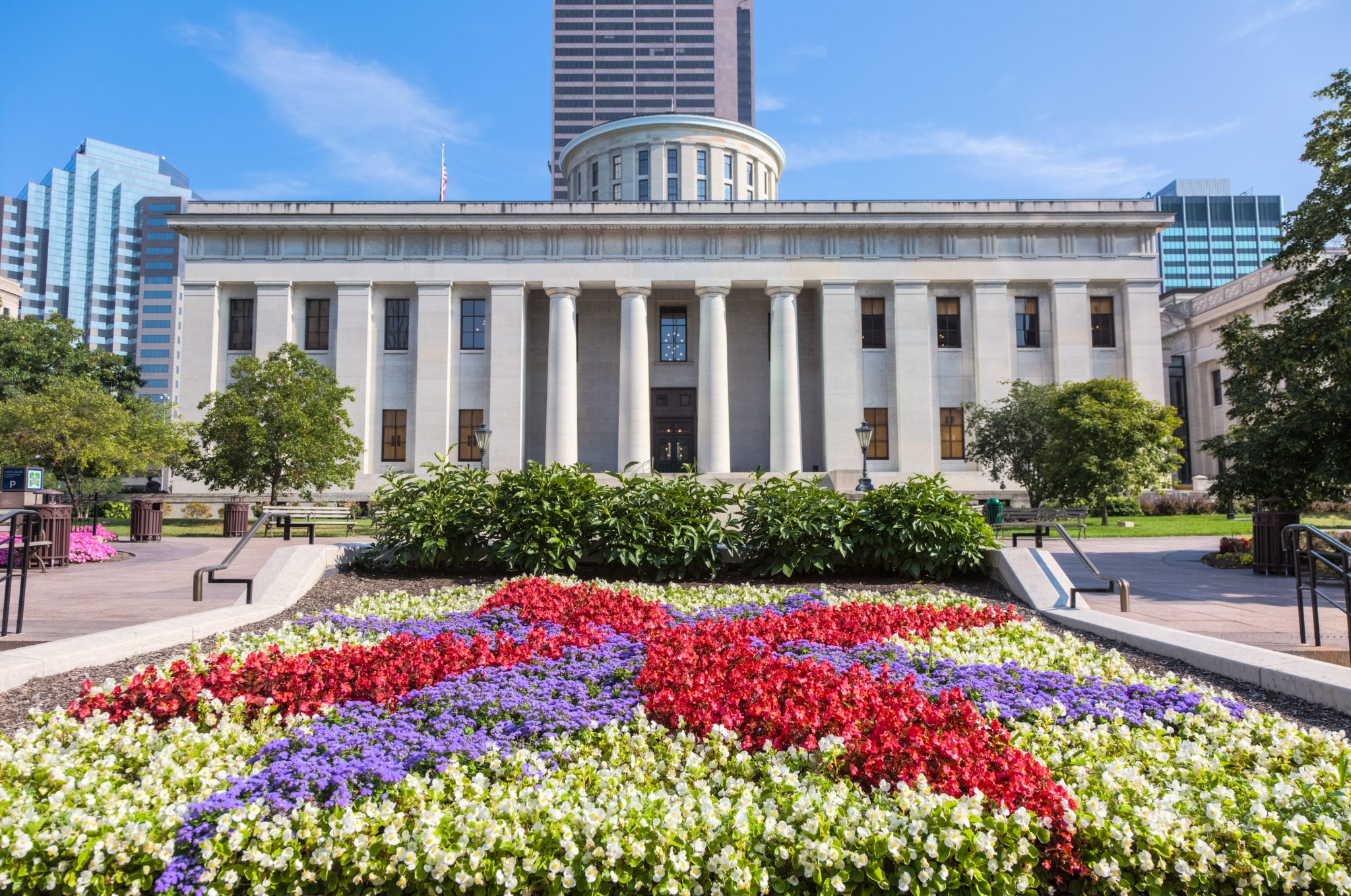On December 29, 2020, Ohio Governor Mike DeWine signed Senate Bill 39, creating a new tax credit applicable to insurance premium taxes as a means to provide funding for certain “transformational mixed use developments” or TMUDs in the state of Ohio.
Who qualifies for this credit?
Eligible applicants include (i) property owners and (ii) insurance companies that contribute capital to be used in the planning or construction of a TMUD.
For property owners (either fee simple or leasehold), the credit is capped at 10% of the project’s “adjusted development costs.” The adjusted development costs are equal to the project’s development costs (project related expenses, including expenses incurred prior to certification as a TMUD) minus the sum of the capital contributions of any insurance companies that are preliminarily approved for a tax credit in connection with the same project.
If an insurance company is the direct investor in the TMUD, the credit is capped at 10% of the capital contribution made by the company towards the planning or construction of the development.
The TMUD tax credit is a credit against an entity’s Ohio insurance premium taxes, so it would only ultimately be claimed by insurance companies. However, an applicant that is the property owner but not an insurance company can still benefit from the TMUD credit by receiving preliminary approval for the credit before transferring it to an insurance company. Any applicant that is preliminarily approved for a TMUD tax credit may sell or transfer the rights to that credit to one or more persons for the purpose of raising capital for the certified project.
How much is available?
The bill authorizes up to $100 million of total credits in each of fiscal years 2020-2023, to be applied against insurance premium taxes. Credits are capped for an individual project at $40 million, and $20 million of the credits of each fiscal year are reserved for projects not located within ten miles of a municipality with more than 100,000 people (a “Major City”).
How does a project qualify as a TMUD?
To be certified as a TMUD under O.R.C.122.09, the development:
- Must consist of new construction or redevelopment, rehabilitation, expansion of an existing vacant structure, or a combination of the two;
- Must have a “transformational economic impact” on the site and surrounding area. While not expressly defined, transformational economic impact can be measured through the estimated increased tax collections resulting from the catalytic effect of the development, which must exceed 10% of the development costs within five (5) years of certification;
- Must be mixed-use (integrating some combination of retail, office, residential, recreation, structured parking or other similar uses);
- Must include a structure or structures that meet certain height, square footage, or increased payroll requirements set forth in O.R.C. 122.09;
- Cannot be completed unless the applicant receives the credit; and;
- Must have estimated development costs exceeding $50 million if the project is located within ten miles of a major city.
How are projects certified?
Projects must be certified prior to June 30, 2023. Interested parties must apply to the Ohio Tax Credit Authority to qualify and receive project certification as a TMUD. The Ohio Tax Credit Authority will consider the economic impact of the project, as well as the project’s impact upon “architecture, accessibility to pedestrians, retail entertainment and dining sales, job creation, property values, connectivity, and revenue from sales, income, lodging, and property taxes,” in ranking project applicants.
For more information regarding the business and legal implications of Ohio Senate Bill 39, please contact Colleen Haas, Emma Mulvaney, David Rogers, Deborah Hackathorn or any attorney with Frost Brown Todd’s Tax Practice Group or Financial Services Industry Team.

